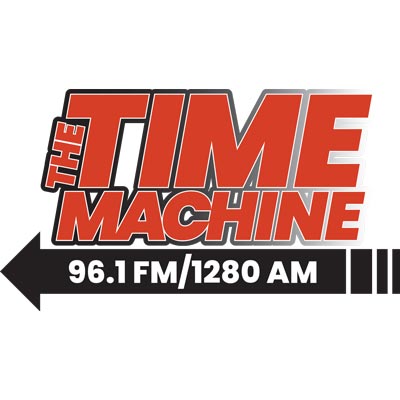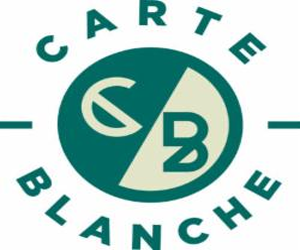This week starts with a look into the rear view mirror with JOLTS data (job openings, layoffs, quits) for the month of June. Job openings are expected to have decreased from recent levels, while quits are expected to remain low – a sign of reduced worker confidence. The good news is that layoffs should have stabilized and remain low. Initial claims have ticked lower for five consecutive weeks, a sign that the labor market is still hanging on despite growing concerns.
But since the jobs report is also due this week, the focus will shift to the July jobs report at the end of the week, which will provide the most current snapshot of employment conditions.
Labor Market Pressures Mount
Remember, the labor market has become a major source of concern heading into recent months. Despite a total gain of 147,000 jobs in June, the private sector added just 74,000 jobs – a massive downshift from the 137,000 added in May. This deceleration in private hiring signals that businesses are becoming increasingly cautious about future sales and revenue growth.
The decline in the size of the U.S. labor force was a key reason the unemployment rate fell to 4.1% from 4.2%. Unemployment appears to be improving, but only because fewer people are actively seeking work. Labor demand is cooling, and real wage growth is falling again as inflation pressures persist.
The underlying weakness becomes more apparent when examining the composition of job gains. More than half of June’s employment increase came from state and local government hiring, particularly in education. This government-driven job growth, while providing some stability, cannot mask the broader softening in private sector demand for workers.
Consumer Data Reveals Spending Pullback
This week also brings Personal Income, Personal Consumption and the PCE price index release for June. Expect lower growth in both personal income and consumption as consumers respond to ongoing economic uncertainty. However, price pressures coming from tariffed goods will act to slow the pace of disinflation, creating a challenging environment for both consumers and policymakers.
The consumer pullback reflects a broader shift toward precautionary behavior. Households are increasing savings rates and delaying major purchases, contributing to the economic deceleration we’re observing across multiple sectors.
Broader Economic Moderation
Other major releases including auto sales and construction spending should tell a similar story – a moderation in volume as cautious consumers pull back and precautionary savings increase. This pattern is consistent with an economy where uncertainty about trade policy, interest rates, and future growth prospects is weighing on business and consumer confidence.
The construction sector, sensitive to both consumer demand and business investment, will provide important insights into the health of the broader economy.
Federal Reserve Decision Looms
The main event remains the Fed interest rate decision and Chairmn Jerome Powell’s press conference. The Fed is widely anticipated to keep the target range for the Fed funds rate unchanged in July, continuing the pause that began earlier this year. However, traders will be looking for clues as to whether the committee is leaning toward a rate cut at the next meeting in September.
Recent economic data presents a mixed picture that complicates the Fed’s decision-making process. While inflation pressures persist, particularly from tariff-affected goods, the labor market shows signs of cooling that could warrant more accommodative policy. The challenge for policymakers is distinguishing between temporary disruptions and more fundamental shifts in economic momentum.
Market Volatility Expected
With big tech companies reporting earnings next week and more people heading into their summer vacations, expect significant trading activity and major market moves this week. The combination of employment data, Fed communications, and corporate earnings could create substantial volatility as investors assess the trajectory of economic growth and monetary policy.
The week’s data will provide crucial insights into whether the current economic moderation represents a temporary soft patch or the beginning of a more significant slowdown that could influence Federal Reserve policy decisions in the months ahead.






